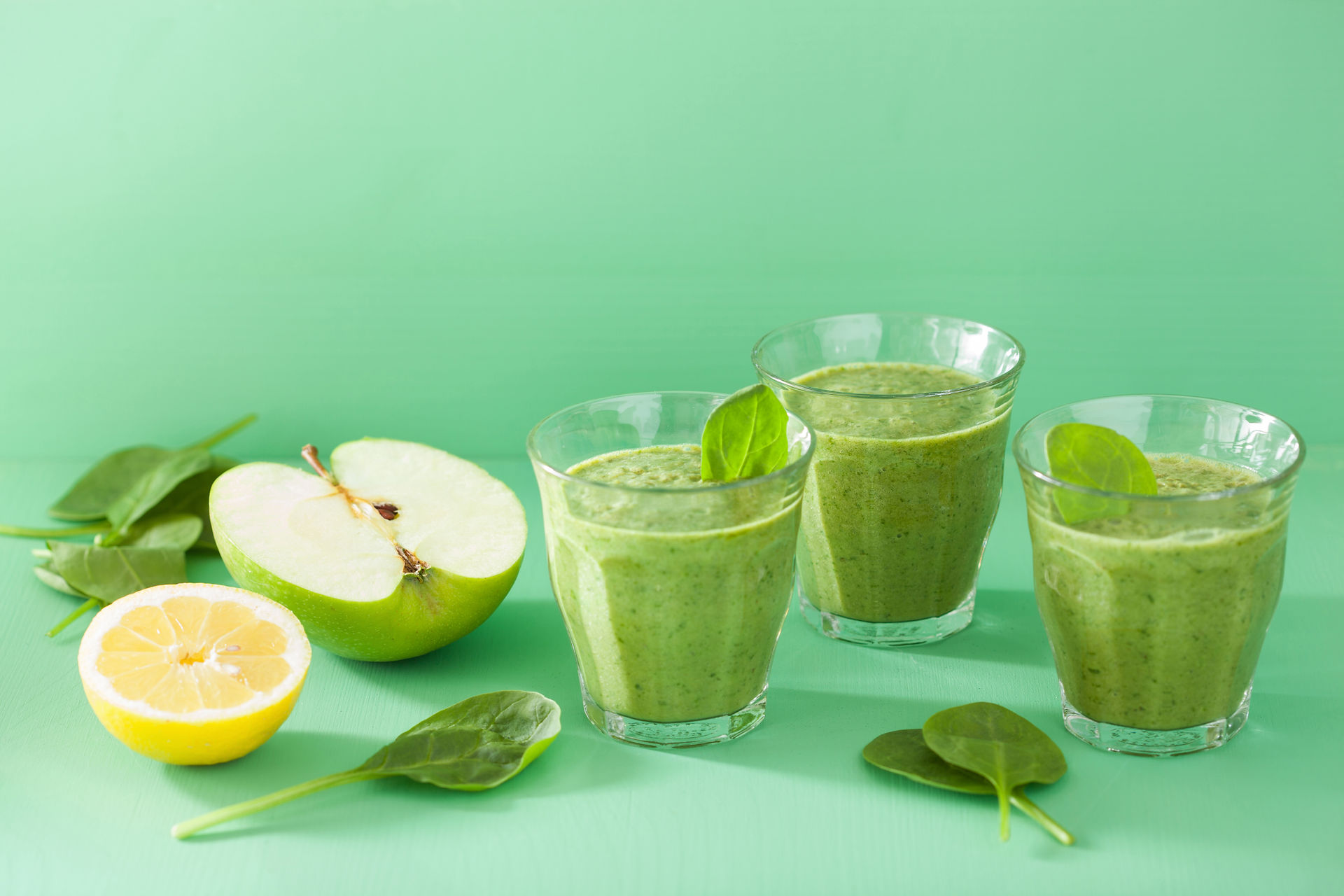
Milkweed

- What real milkweed looks like - here is a great resource to help identify it in the wild: https://www.nwf.org/~/media/PDFs/Pollinators/Monarchs_East.pdf
- For more resources on milkweed, here's an article called Milkweed for Monarchs with links for resources at the bottom: https://www.nwf.org/Garden-For-Wildlife/About/Native-Plants/Milkweed.aspx
- I found information that milkweed is a vermifuge, meaning it has antihelmintic properties and can draw out parasites:"From a chapter on milkweed years ago. Bloodflower Milkweed (A. curasavica) is known in its native West Indies as "Bastard Ipecacuanha". The root and expressed juice are emetic. On the island of Dominica, where I spent some time in the early 1970's, the roots were decocted to treat fevers. In Jamaica, the root is used in a manner similar to Pleurisy root, but will act on the bowels unless combined with some diffusive stimulant for lung complaints. It is cathartic and vermifuge in small doses, the juice made into a syrup and given to children for worms. In Mexico, the flowers were traditionally ground up and put into tortillas as a remedy for rabies. In parts of Mexico it is known as Yerva de la culebra; while in El Salvador it is Bivorna Sangris. The plant has insecticidal properties, especially to fleas. When rooms are infected they are swept with weed brooms to rid it of pests. On the Solomon Islands, the leaves were rubbed on the head to cure headaches."
- This is an interesting study, which seems to support that notion! In this study, milkweed milk gave the stink bugs a greater ability to host parasites. Milkweed (Gentianales: Apocynaceae): a farmscape resource for increasing parasitism of stink bugs (Hemiptera: Pentatomidae) and providing nectar to insect pollinators and monarch butterflies
- Here is another: Assessment of the anthelmintic effect of natural plant cysteine proteinases against the gastrointestinal nematode, Heligmosomoides polygyrus, in vitro



